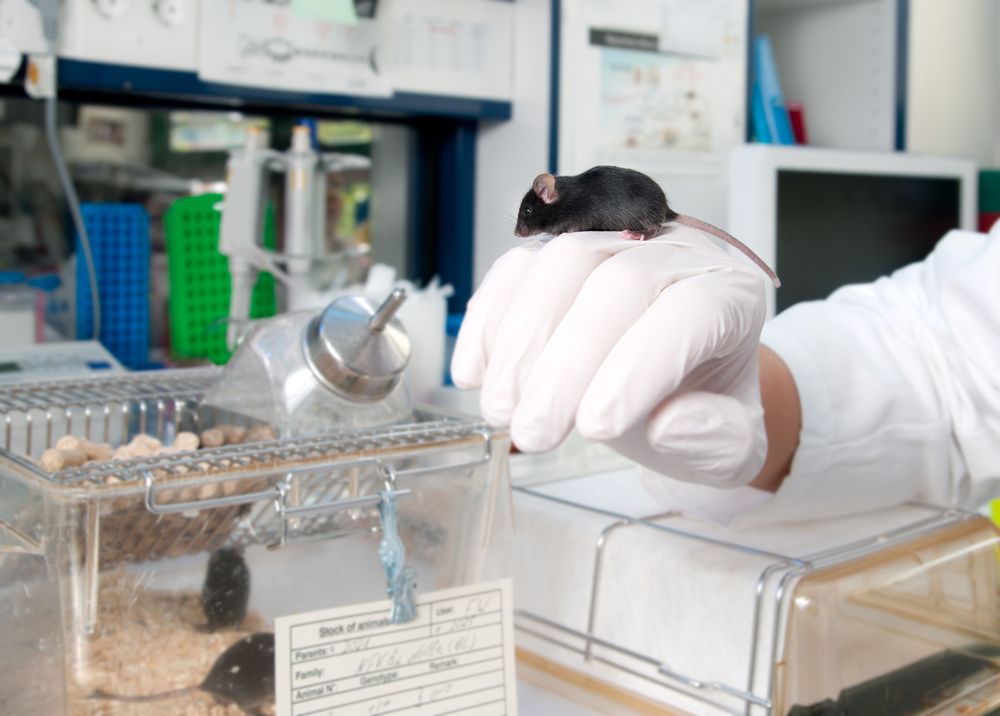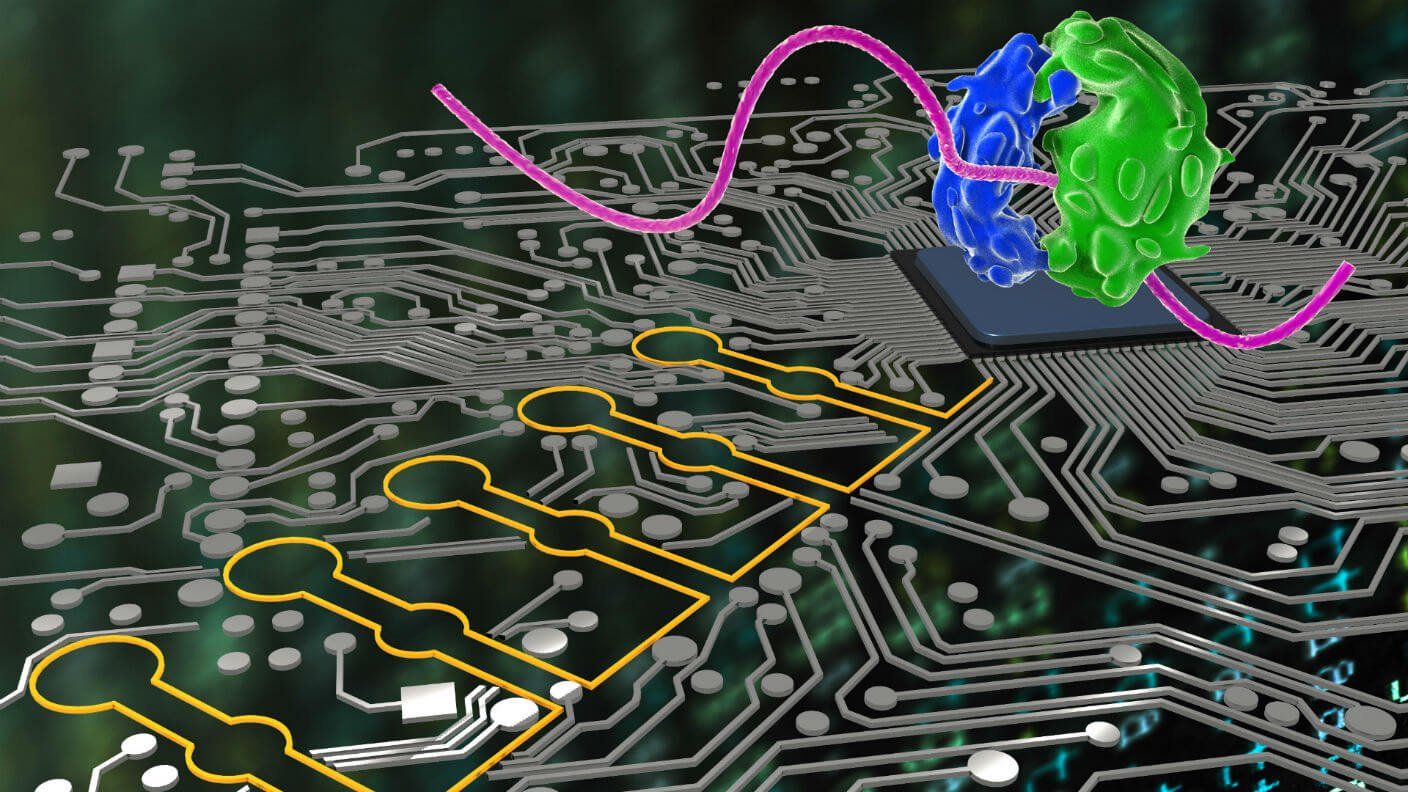However, that’s not what he’s best known for now: he’s a legend in the world of origami. His intricate designs are second to none, and they actually have applications back in engineering.
Get the latest international news and world events from around the world.


Restoring Youthful Plasticity in the Brains of Old Mice
As we age the brain loses its flexibility, this in turn affects our ability to learn, to remember things and adapt to new situations. The classic theme is of an older person who is stuck in a rut and unable to change how they think.
This is also a common concern people raise when any discussion of healthy longer lives are mentioned. The concern is that we would have a world of people living more decades and becoming so set in their ways that society would stagnate.
However, many proponents of rejuvenation biotechnology refute this and suggest that mental plasticity could be rejuvenated just the same as cells and tissues could be. The new study we will discuss today offers us a hint of what might be possible, although the focus here is specifically on the visual cortex[1].


Gold Prices Spike As People Freak Out About Nuclear War
Gold climbed to the highest since mid-June, pushing up mining-company shares amid military tensions between the U.S. and North Korea.
Equities slid and the Swiss franc and some developed-market government bonds advanced as President Donald Trump threatened North Korea with “fire and fury” following a series of missile tests by the communist regime, boosting demand for haven assets. Gold also climbed after Indian imports of the metal were said to have doubled.
The U.S. North-Korea tensions add to investor angst that has helped push up gold more than 10 percent this year, even with equities hitting records and the Federal Reserve keen to shrink its balance sheet. Should geopolitical tensions intensify, gold is likely to be in demand as a safe-haven, according to analysts at Commerzbank AG.

Researchers develop technology to make aged cells younger
Aging. We all face it. Nobody’s immune and we’ve long tried to reverse it, stop it or just even slow it down. While advances have been made, true age-reversal at a cellular level remains difficult to achieve. By taking a different approach, however, researchers at Houston Methodist made a surprising discovery leading to the development of technology with the ability to rejuvenate human cells. And that couldn’t be more important for the small population of children who are aging too quickly — children with progeria.
John P. Cooke, M.D., Ph.D., department chair of cardiovascular sciences at Houston Methodist Research Institute, and his colleagues, describe their findings in a Research Letter titled “Telomerase mRNA Reverses Senescence in Progeria Cells,” appearing online July 31 and in print Aug. 8 in the Journal of the American College of Cardiology, a leading medical journal in the field of cardiovascular disease.
Cooke studied cells from children with progeria, a rare condition marked by rapid aging that usually robs them of the chance to live beyond their early teens. They focused on progeria, because the condition tells them a lot about aging in general that’s ultimately relevant to all of us.

Weaponized A.I. – 36 Early Examples
Of all the topics I’ve written about, this one scares me the most.
Yes, artificial intelligence, one of humanity’s greatest achievements, can also unleash the seeds of our own destruction. Weaponized A.I. will range from relatively minor weapons designed to change a specific action to nation-vs-nation full-blown A.I. wars.
